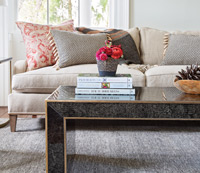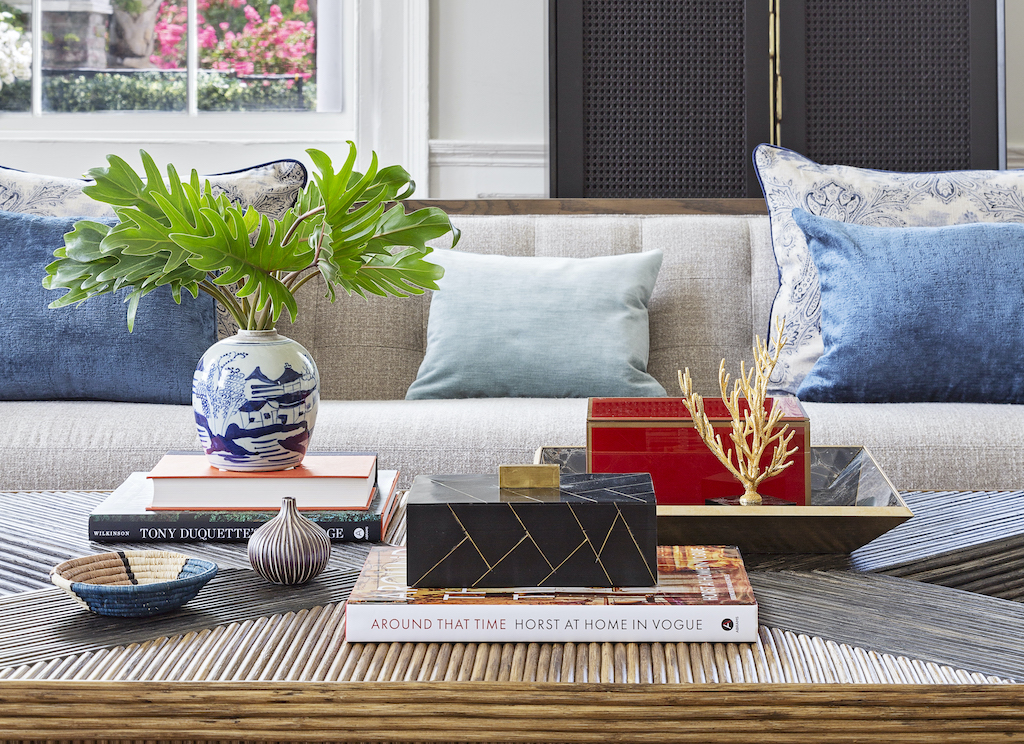
If you’re a fan of traditional design, you likely will have seen a great many examples of ginger jars in your lifetime. These charming collectibles were originally used to store spices, but today they are primarily decorative objects that bring a touch of sophistication to any home. Often hand painted with a blue and white pattern depicting rural Chinese scenes, flora, and fauna, including fish and dragons, they are instantly recognizable around the world.
Here’s what you’ve always wondered about these iconic jars.
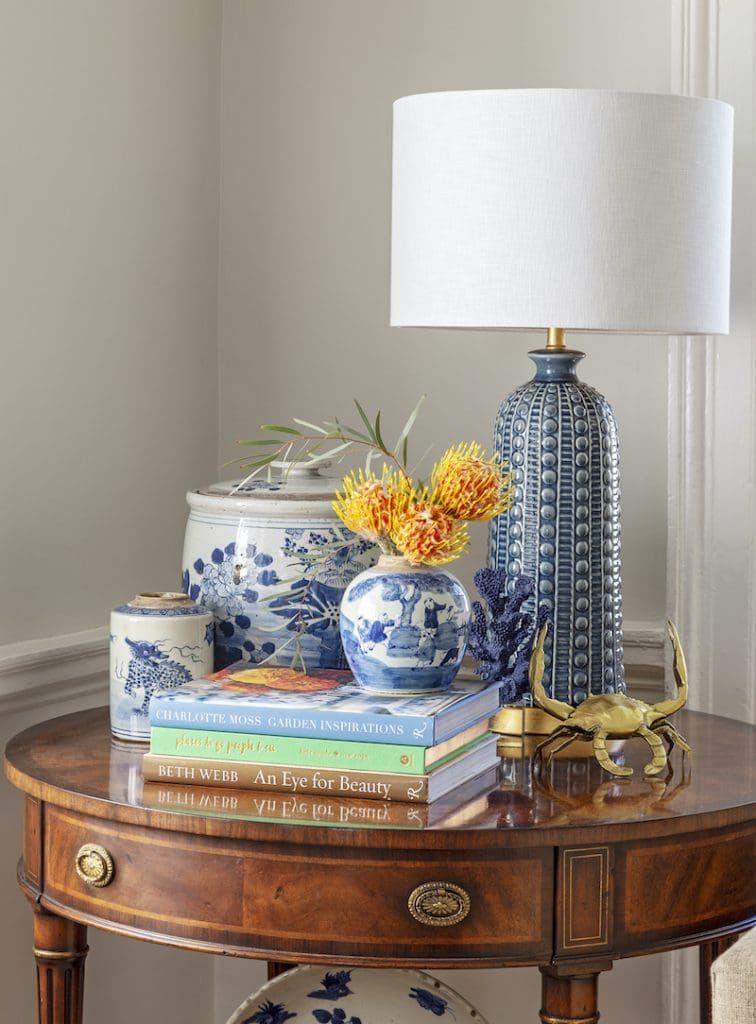
What Are Ginger Jars?
Ginger jars are a type of porcelain container with a lid that were first used during the Qin Dynasty in China. While beautifully decorated, their purpose was originally more functional as they were used to store herbs and spices. Characteristically, these jars come in multiple sizes and have a curved shape with a wide middle section and a smaller opening and base. They typically feature a matching domed lid.
Ginger Jars’ Journey West
During the 19th century, the jars, which were just called “guan” or jar in China, made their way to Europe. While they carried different kinds of spices, Europeans started calling them ginger jars. While they were very useful in the home, they eventually became more of a decorative piece, which is how they remain today.

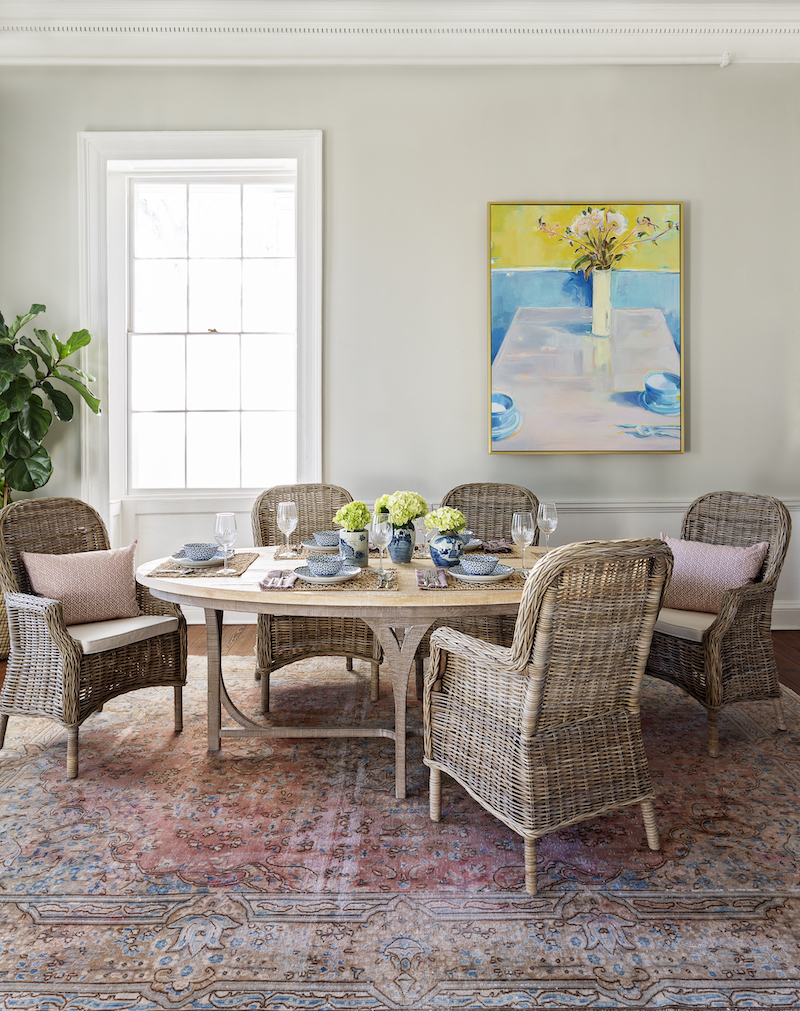
How to Decorate with Ginger Jars
Bringing a touch of chinoiserie to your home, ginger jars can be placed in any part of the house, from the living room to the kitchen. They can be grouped together for a stronger impact, or stand alone as a statement piece. We often see one used at either end of an entry table or bookshelf as anchors. As can be seen on this dining table, they work really well as centerpieces filled with flowers.
Classic Blue & White
The most common type of ginger jar features a blue and white pattern, which dates to the 15th century Ming Dynasty. Blue and white ginger jars are not only beautiful, but they coordinate with almost any color decor. You can keep their lid on or fill them with bright red roses, yellow tulips, purple irises, or pale green eucalyptus. Or, add them to a room filled with blue hues to create an eye-catching and serene effect.

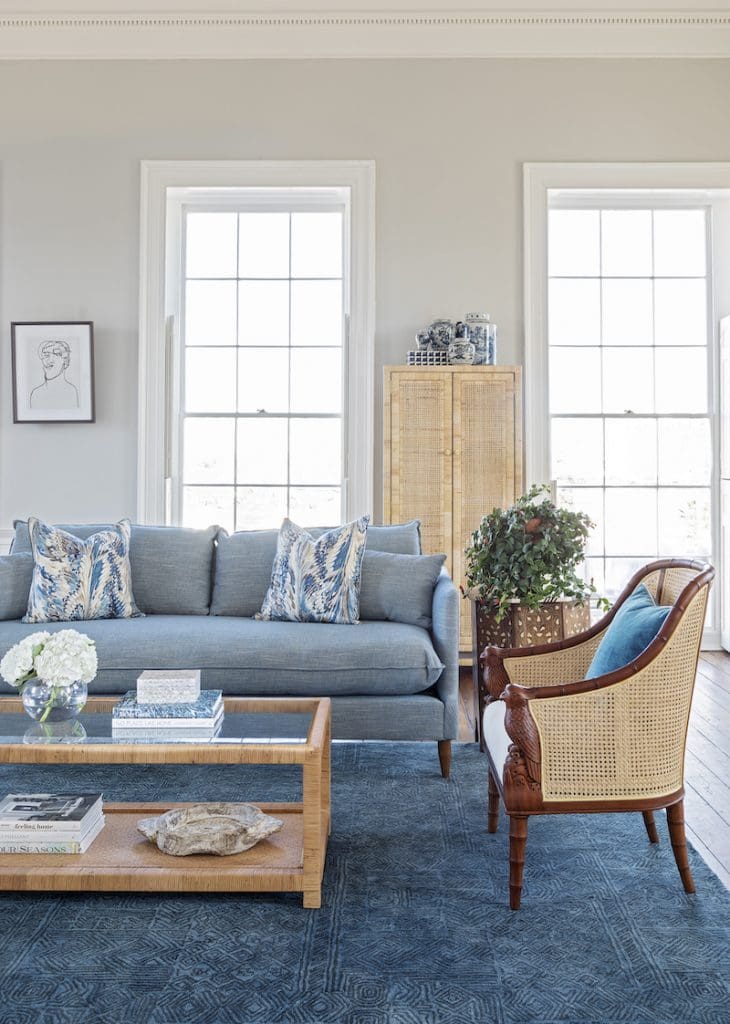
Other Popular Patterns
There are numerous other styles of ginger jars that share the same general shape, but feature a different pattern and history. These include Imari jars, which originated in Japan in the 17th century and feature bright, multi-hued red and blue scenes of dragons, florals, and villages. There are also Famille Verte and Famille Rose ginger jars, where the former is made with a bright clear enamel and the latter features a soft opaque enamel.
Bring Home a Contemporary Ginger Jar from GDC
With their aesthetic appeal and lasting functionality, ginger jars are worth adding to your collection of statement home decor items. They have become so ingrained in Western culture that you don’t need to travel to pick up a stunning version for your home. Add these beauties to your living or dining room, or gift them to a friend filled with their favorite flowers.
Shop the Look

Ming Temple Jar
This museum quality piece is hand-thrown and hand-painted with the same pigment that was being used 200 years ago. The heavy porcelain is so white it has a bluish quality.

Ming Lidded Jar
The body of the Ming Lidded Jar is hand-built with raw porcelain panels and hand-painted with the same pigment that was being used 200 years ago. The white porcelain is so white it has a bluish quality
